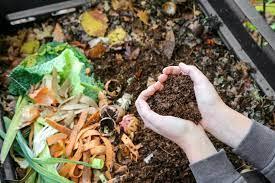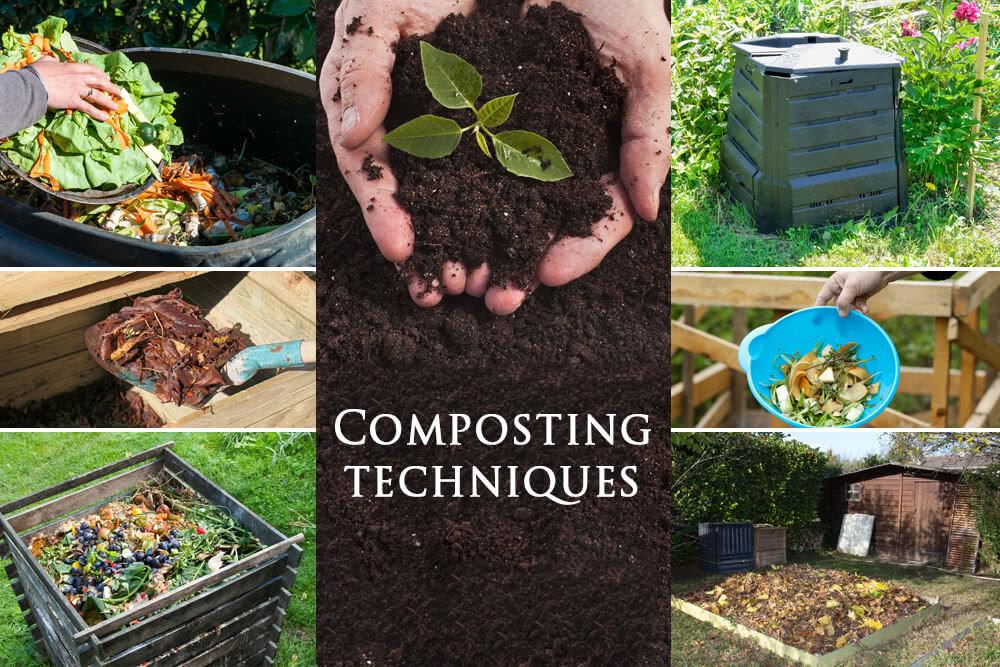Green Compost Management
Grade 7,Sri Sri Academy
Vaibhavi Anantha

Composting is a process of recycling organic waste like vegetable peels, fruit peels, and more. This allows the microorganisms like bacteria and fungi to naturally decompose the waste, converting it into a dark, crumbly substance that can be used to improve the soil’s health and fertilize the plants.
Composting is done to reduce waste and create nutrient rich soil.Composting helps to enrich soil, improve plant health, and reduce the need for fertilizers and pesticides. It also helps to decrease landfill waste and greenhouse gas emissions.
Composting contains 6 steps :
2.Gather Materials: Collect both green and brown materials. Green materials like kitchen scraps, fruit and vegetable peels. Brown materials like dry leaves, twigs, and more.
3.Build a compost pile or bin: You can build a compost bin/ flower pot/ create a pile directly on the ground. You have to start it with a layer of coarse material (like twigs) for drainage and then add layers of greens and brownsalternatively.
4.Maintain the compost: Keep the pile moist by spraying little water and ensure its aerated by mixing it regularly (every 3-4 days). .
6.Use the finished compost: Once the compost is dark, crumbly, and has a earthy smell, it's ready to use as a natural fertilizers for your garden..

There are few disadvantages of composting like:
But the many benefits make the disadvantages appear small like!
ADVANTAGES:
Mother Earth is suffering due to increasing landfills and pollution! So let’s start composting and turn our waste into gold!!
